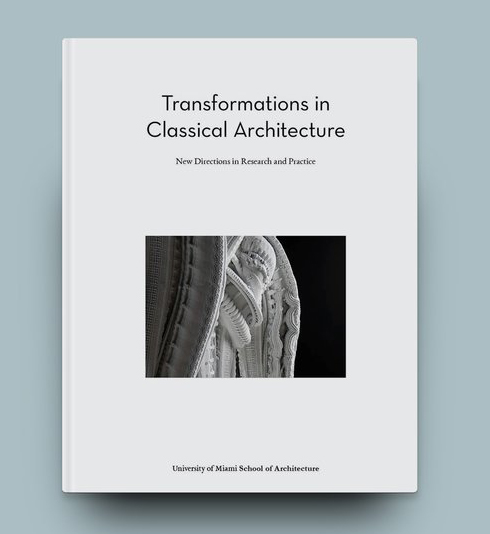***
Title: Transformations in Classical Architecture | New Directions in Research and Practice
Editor: Victor Deupi
Editorial: Oscar Riera Ojeda Publishers. ISBN: 9781946226228
Language: English
412 pages
***
The best memory I have from my school of architecture was the rebel spirit from students and professors in the studio classes, lectures, and informal conversations. During my student years, we all tried to break the existing rules and, as a rebel action, we preferred most of the times doing nothing instead of trying what we already knew, what we had already seen. Since that time, I think a school of architecture has to be a place for innovation, think out of the box, and create what does not exist yet.
El mejor recuerdo que tengo de mi escuela de arquitectura era ese espíritu de rebeldía, tanto de alumnos y profesores, que estaba latente en las clases de proyectos, las conferencias, las conversaciones informales. Durante mis años de estudiante, todos tratábamos transgredir frente a lo existente, y en un acto de radicalidad extrema, a veces, preferíamos la parálisis a hacer lo que ya sabíamos o habíamos visto anteriormente. Desde entonces para mí, una escuela de arquitectura es un lugar en el que se trata de innovar, de pensar diferente, de concebir lo que no existe aún.
We currently live in a society where technology, culture, and information exchange have suffered an acceleration, mainly through the internet and social media that is hard to know what is still ground-breaking. Everything has been done, has been seen, and, sometimes, it seems the only possibility is to push further a formal language that is already exhausted. A few years ago, I read an interview with an architect of the star-system that the next generation would face a new classicism in the following decades. Whether this prediction becomes true or not, some academics and professionals are currently exploring the possibility of working with classical parameters to face contemporary problems such as climate change or new technologies.
En un momento en donde la tecnología, la cultura y el intercambio de información se ha acelerado extraordinariamente, principalmente a través de las redes sociales, es difícil saber que es aún transgresor. Todo se ha hecho, todo se ha visto y a veces parece que la única salida es empujar aún más unos recursos formales que ya se perciben agotados. Hace unos años, en una entrevista a un arquitecto del star-system , le oí decir que la arquitectura afrontaría un nuevo clasicismo en las próximas décadas. Tanto si este pronóstico se termina cumpliendo o no, algunos académicos y profesionales exploran la posibilidad de trabajar la arquitectura desde unos parámetros clasicistas afrontando las problemáticas contemporáneas tales como la el cambio climático o las nuevas tecnologías.
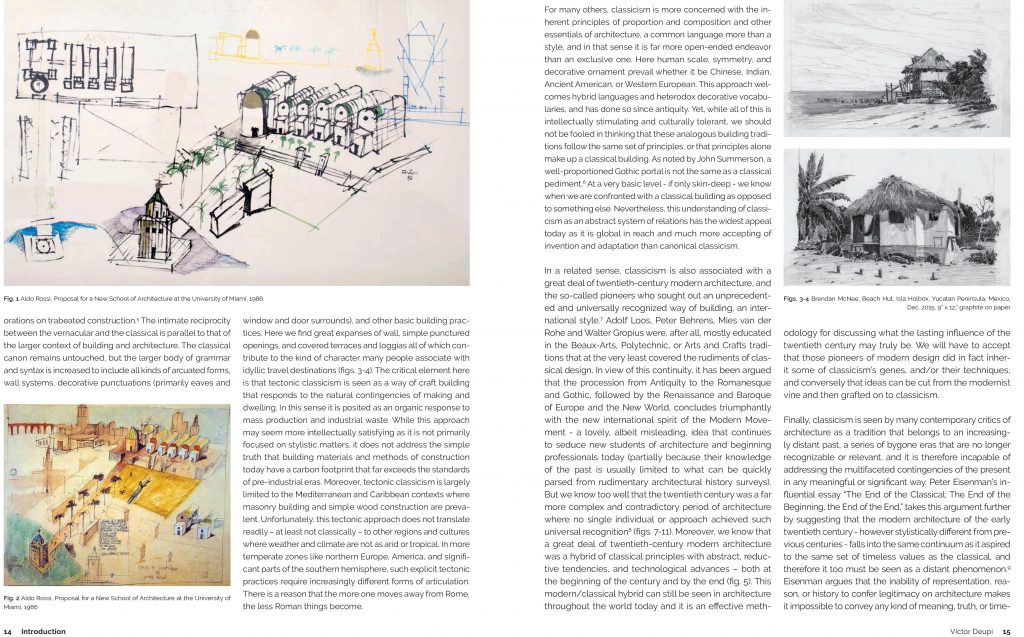

The book “Transformations in Classical Architecture | New Directions in Research and Practice,” published by Oscar Riera Ojeda Publishers, has brought together the research on classical architecture proposed by the School of Architecture of the University of Miami. Edited by Victor Depui, this book addresses most of the current conversations such as technology, sustainability, cultural and geographical differentiation, or representation, using classical features in existing projects, both built and from students of the University of Miami. Transformations in Classical Architecture has an American approach, then most of the work is located in the United States. It is exciting to analyze the projects located in Florida (although the edition should have removed some of the most commercial projects from the book) and how the architecture of this region (with its tropical weather and modernist tradition) can be adapted neoclassical approach. The book also shows projects from New Zealand, Spain, or Guatemala, allowing the reader to understand classicism from a broader and abstract perspective.
Este es el caso de la pedagogía propuesta por la Escuela de Arquitectura de la Universidad de Miami que la editorial Oscar Riera Ojeda sintetiza en el libro “Transformations in Classical Architecture | New Directions in Research and Practice”. El libro, editado por Victor Depui, trata la mayoría de los temas actuales, tales como la tecnología, la sostenibilidad, las diferencias geográficas y culturales o la representación usando características clásicas en proyectos actuales tanto construidos como de estudiantes de la Universidad de Miami. Transformations in Classical Architecture tiene un enfoque estadounidense por lo que la mayoría de las obras se encuentran en este país. Es especialmente interesante analizar los proyectos localizados en Florida (aunque algunos de los proyectos más comerciales deberían haberse eliminado del libro) y como la arquitectura de esta región (con su clima tropical y su tradición modernista) se puede adaptar con una perspectiva neoclasicista. El libro también muestra proyectos en otros países como Nueva Zelanda, España o Guatemala por lo que permite entender el clasicismo desde un enfoque más amplio o abstracto.
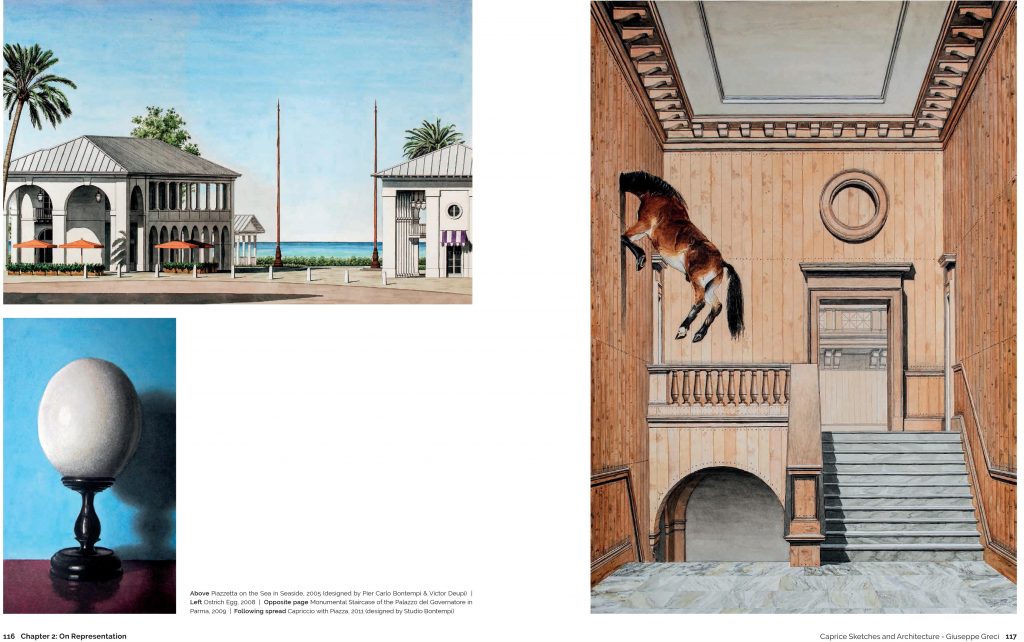
Depui’s book displays two different speeds within research and architecture projects about contemporary classical architecture. The theoretical or speculative proposals are able to reach further than the built projects. Whereas built architecture still abuses an obsolete and out of context ornamentation, those projects that start to use computational methods and are still in an embryonic process can generate the greatness of classical architecture. The book Digital Technologies section presents a wide range of possibilities where technology and computational design merges with the classical language to create a contemporary discourse.
El libro de Deupi demuestra que en la investigación y propuestas sobre arquitectura clásica contemporánea hay dos velocidades muy marcadas. Las propuestas teóricas o especulativas son capaces de llegar mucho más lejos que las construidas. Mientras que estas últimas aun abusan de una ornamentación obsoleta y fuera de contexto, aquellos proyectos que usan métodos computacionales y que aún están en un proceso embrionario, son capaces de generar una grandeza pasada. El apartado de Digital Technologies del libro muestra un amplio abanico de la posibilidad de la tecnología y el diseño computacional en crear un lenguaje clásico contemporáneo acorde con sus principios.
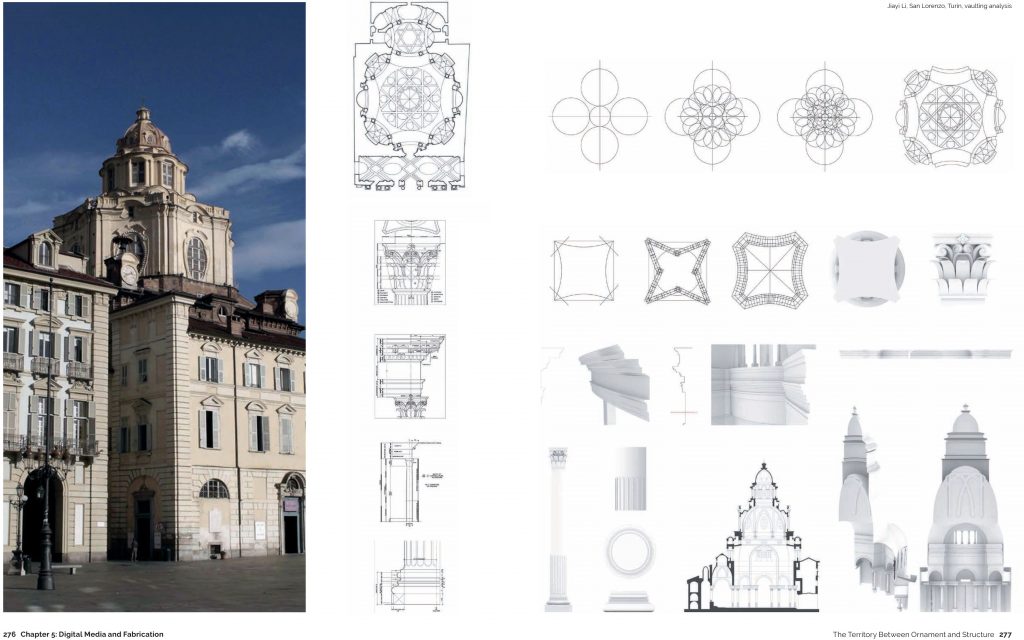
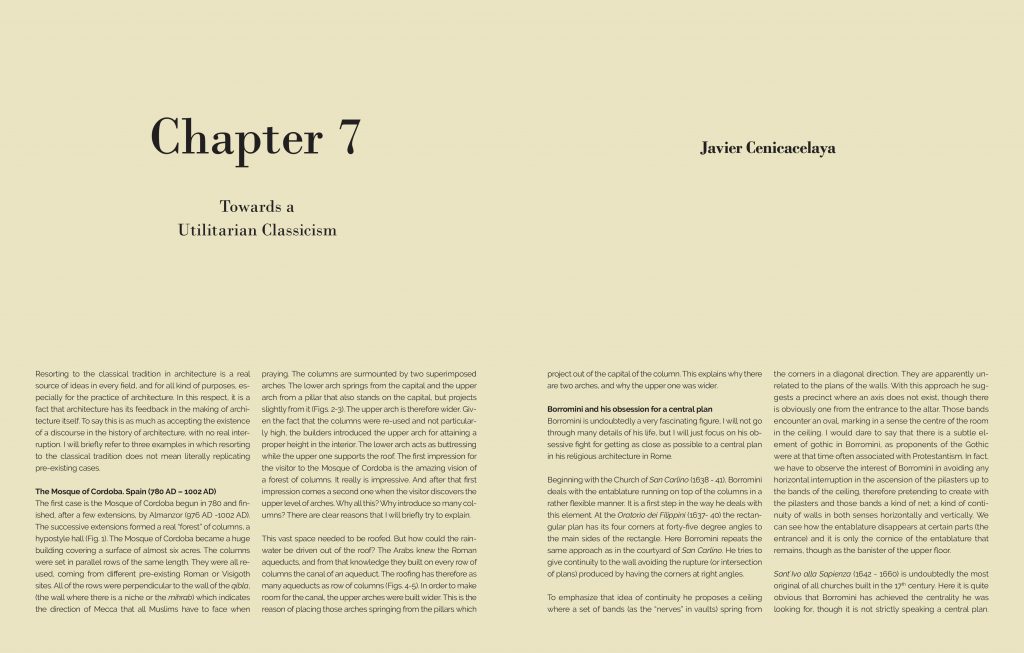
For those like me who have been educated in modern/postmodern doctrines, the book Transformations in Classical Architecture is an upheaval to our convictions. It let us discern other possible pedagogical methods and thoughts. While we wait for the new classicism that the famous architect foresaw, we can build it ourselves if we want.
Para aquellos que hemos sido educados en una doctrina moderna/ posmoderna, el libro Transformations in Classical Architecture es una sacudida a nuestras convicciones y nos permite atisbar otros modelos pedagógicos posibles y modelos de pensamiento. Mientras esperamos a ese nuevo clasicismo que proclamaba ese famoso arquitecto, somos nosotros quien podemos construirlo si queremos.
